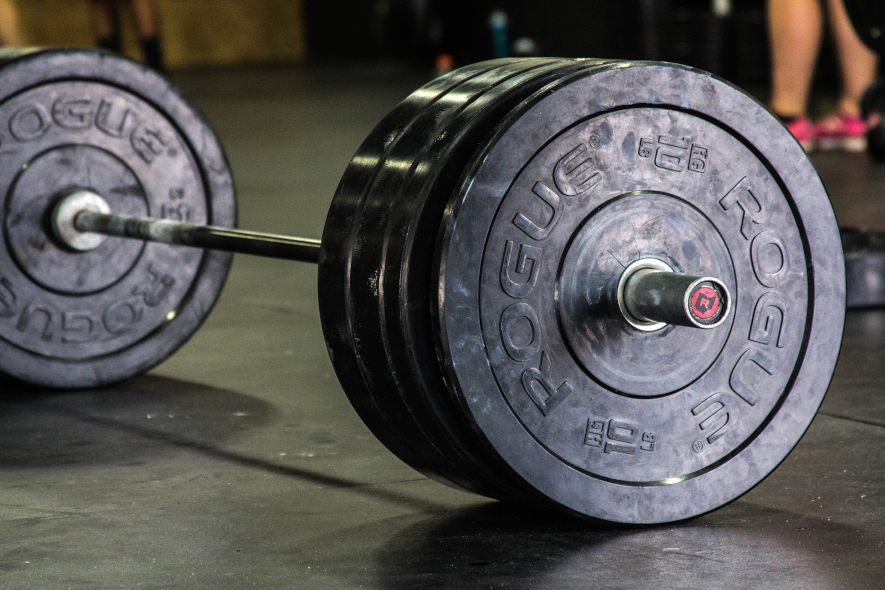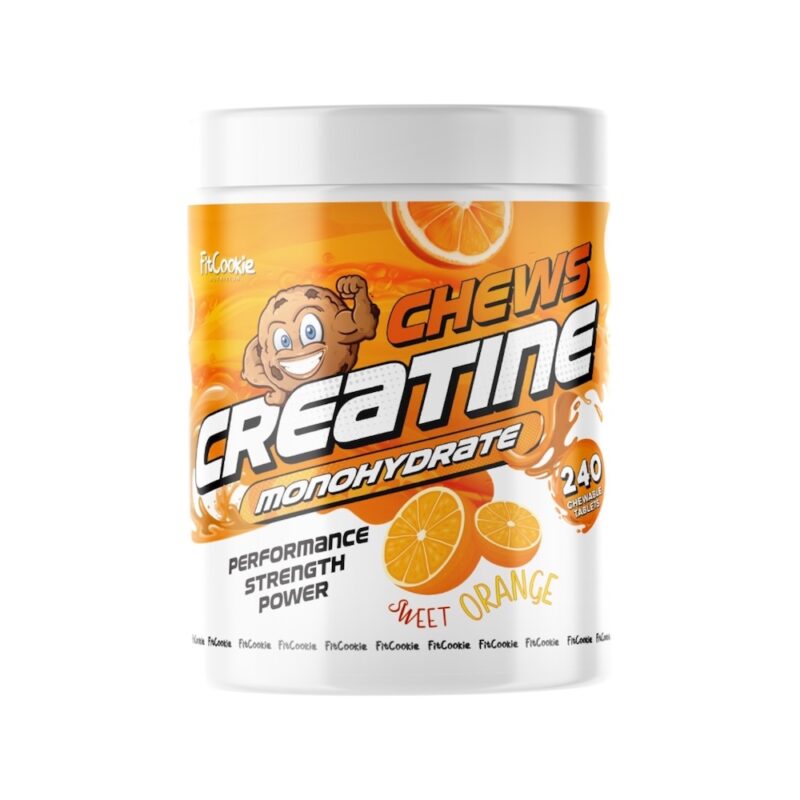While Creatine Monohydrate has long been considered the benchmark supplement for enhancing athletic performance, the rise of Creatine Malate is stirring debate among fitness enthusiasts seeking optimal results. This article examines which form of creatine best aligns with your fitness goals by exploring their effects on strength, endurance, muscle growth, and recovery. We delve into the nuances of absorption rates and bioavailability, assess their safety profiles, and compare cost-effectiveness and availability in the market. Additionally, real user experiences and testimonials shed light on the practical benefits and preferences associated with each variant. Whether you aim to boost your workout performance or accelerate muscle recovery, understanding the differences between Creatine Monohydrate and Creatine Malate will help you make an informed choice tailored to your individual fitness journey.
- Performance Enhancement Benefits
- Muscle Growth and Recovery
- Absorption and Bioavailability: Creatine Monohydrate vs. Creatine Malate
- Side Effects and Safety
- Cost and Availability
- User Experiences and Testimonials
Performance Enhancement Benefits
When it comes to boosting your workout performance, both Creatine Monohydrate and Creatine Malate offer distinct advantages tailored to different fitness objectives. Understanding how each one enhances strength, endurance, and overall exercise efficiency can help you make an informed choice that aligns with your goals.
Creatine Monohydrate is a staple in the fitness community, renowned for its ability to significantly increase muscle strength and power output. It’s especially effective for those aiming to build muscle mass and improve short-duration, high-intensity exercises. Conversely, Creatine Malate combines creatine with malic acid, which plays a crucial role in the energy production process. This combination not only enhances endurance but also reduces muscle fatigue, making it ideal for longer training sessions and endurance-based activities.
- Creatine Monohydrate: Exceptional for increasing strength and muscle size.
- Creatine Malate: Superior in enhancing endurance and minimizing fatigue.
Performance Metric | Creatine Monohydrate | Creatine Malate |
|---|---|---|
Strength Increase | High | Moderate |
Endurance | Moderate | High |
Muscle Mass | High | Moderate |
Fatigue Reduction | Moderate | High |
Muscle Growth and Recovery
When it comes to muscle hypertrophy and recovery times, both Creatine Monohydrate and Creatine Malate pack a punch, but they do so in different ways. Creatine Monohydrate is the heavyweight champion in the supplementation game, renowned for its ability to boost muscle mass and enhance strength gains. On the flip side, Creatine Malate combines creatine with malic acid, which can aid in reducing muscle fatigue and speeding up recovery.
Here’s how each stacks up:
- Creatine Monohydrate:
- Proven to significantly increase muscle size through enhanced water retention in muscle cells.
- Supports greater strength performance during high-intensity exercises.
- Extensive studies back its effectiveness in promoting long-term muscle growth.
- Creatine Malate:
- May reduce muscle soreness post-workout, allowing for quicker recovery.
- Enhanced ATP production helps sustain energy levels during prolonged exercise sessions.
- Potentially less likely to cause water retention, appealing to those looking for a leaner physique.
Ultimately, the choice between Creatine Monohydrate and Creatine Malate depends on your specific fitness goals. If you’re aiming for maximum strength and muscle mass, Creatine Monohydrate is likely your best bet. However, if you prioritise recovery and reduced muscle fatigue while maintaining a lean look, Creatine Malate might be the way to go.
Absorption and Bioavailability: Creatine Monohydrate vs. Creatine Malate
When it comes to creatine supplementation, understanding the absorption rates and bioavailability of different forms is crucial for maximising your fitness results. Creatine Monohydrate is renowned for its high bioavailability, ensuring that a significant portion is utilized by the muscles. On the other hand, Creatine Malate combines creatine with malic acid, which not only enhances absorption but also supports energy production during intense workouts.
Feature | Creatine Monohydrate | Creatine Malate |
|---|---|---|
Bioavailability | Approximately 99% | Enhanced due to malate binding |
Absorption Rate | Standard absorption | Faster absorption with malic acid |
Side Effects | Potential bloating | Reduced gastrointestinal discomfort |
Choosing between Creatine Monohydrate and Creatine Malate depends on your specific fitness goals and tolerance. If you’re aiming for maximum muscle saturation, Monohydrate remains the gold standard. However, if you prefer a form that offers enhanced absorption with fewer side effects, Creatine Malate could be the better option. Evaluating these factors will help you make an informed decision tailored to your workout regimen.
Side Effects and Safety
When delving into the world of creatine supplements, understanding the side effects and safety profiles of each variant is crucial. Both Creatine Monohydrate and Creatine Malate have their own set of considerations that can impact your fitness journey.
Aspect | Creatine Monohydrate | Creatine Malate |
|---|---|---|
Gastrointestinal Issues | May cause bloating and stomach discomfort in some users. | Often reported to be gentler on the stomach with fewer instances of bloating. |
Water Retention | Known for causing significant water retention, leading to a bloated appearance. | Typically results in less water retention, offering a more lean look. |
Dosage Tolerance | Requires a loading phase which might be challenging for some. | Usually doesn’t need a loading phase, making it easier to incorporate. |
Research Backing | Extensively studied with a strong safety profile when used correctly. | Less research available, but emerging studies suggest it’s safe and effective. |
Both creatine forms are generally safe for most individuals when taken as recommended. However, users with pre-existing health conditions should consult with a healthcare professional before starting any supplement regime. It’s also worth noting that while Creatine Monohydrate boasts a longer history of use and research, Creatine Malate is gaining popularity for its potentially reduced side effects, making it a viable alternative for those sensitive to traditional creatine supplements.
Cost and Availability
When evaluating Creatine Monohydrate versus Creatine Malate, cost-effectiveness and market availability are key factors to consider. Typically, Creatine Monohydrate stands out as the more affordable option, making it a popular choice among fitness enthusiasts. A standard 500g container usually retails around £20, offering ample servings for regular use.
In contrast, Creatine Malate tends to command a higher price point, reflecting its enhanced absorption and potential performance benefits. A 300g tub can cost approximately £30, which may seem steep but is often justified by users seeking improved results. Both forms are widely accessible through various online retailers and local supplement shops, ensuring that availability is not a significant barrier.
- Creatine Monohydrate
- More budget-friendly
- Widely available in most stores
- Excellent value per serving
- Creatine Malate
- Slightly higher in cost
- Enhanced solubility and absorption
- Preferred by those seeking additional performance benefits
User Experiences and Testimonials
Fitness enthusiasts often share a strong preference for Creatine Monohydrate due to its proven track record. I’ve been using monohydrate for years, and the gains are undeniable, says James, a dedicated lifter from Manchester. Users appreciate its affordability and effectiveness, making it a staple in many supplement routines.
On the flip side, Creatine Malate is gaining traction among those seeking enhanced energy levels and reduced bloating. Emma, a marathon runner from London, notes, Creatine Malate gives me that extra push without the usual side effects. This form is particularly favored by endurance athletes who require sustained performance without the heaviness that some associate with monohydrate.
Ultimately, the choice between Creatine Monohydrate and Creatine Malate boils down to individual goals and experiences. While monohydrate remains the go-to for muscle mass and strength, malate offers a versatile alternative for those prioritising endurance and comfort. Listening to real user stories can guide you towards the creatine that best aligns with your fitness journey.
Frequently Asked Questions
How long does it take to see results when using creatine?
Most users start noticing improvements in strength and endurance within 2 to 4 weeks of consistent creatine supplementation. Visible changes in muscle size may take a bit longer, typically around 6 to 8 weeks, depending on individual factors and training intensity.
Can creatine be taken with other supplements?
Yes, creatine can be safely combined with other supplements such as protein powders, branched-chain amino acids (BCAAs), and pre-workouts. However, it’s important to follow recommended dosages and consult with a healthcare professional before adding multiple supplements to your regimen.
What is the best time to take creatine for optimal results?
While creatine can be taken at any time of day, many experts suggest taking it post-workout alongside a carbohydrate source to enhance absorption and muscle uptake. Consistency is key, so choose a time that fits best with your daily routine.
Are there any dietary restrictions when using creatine supplements?
There are no specific dietary restrictions when taking creatine. However, it is important to stay well-hydrated, as creatine can increase water retention in muscles. Maintaining a balanced diet will support overall effectiveness and health.
Is creatine supplementation safe for women?
Yes, creatine supplementation is safe and effective for women. It can help enhance strength, improve athletic performance, and support muscle recovery. As with any supplement, it’s advisable to consult with a healthcare provider before starting.


